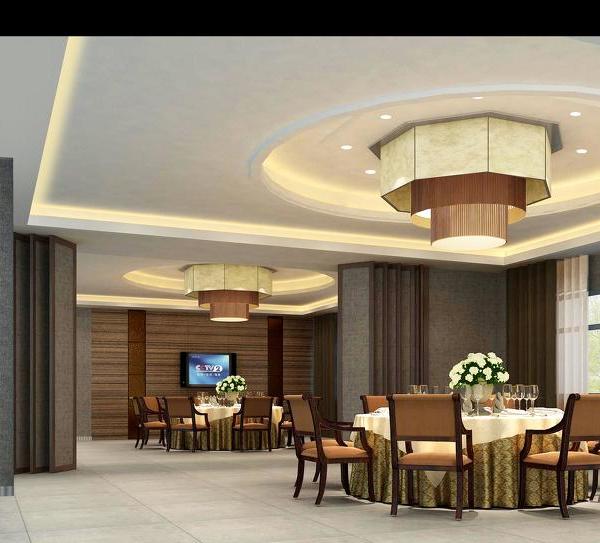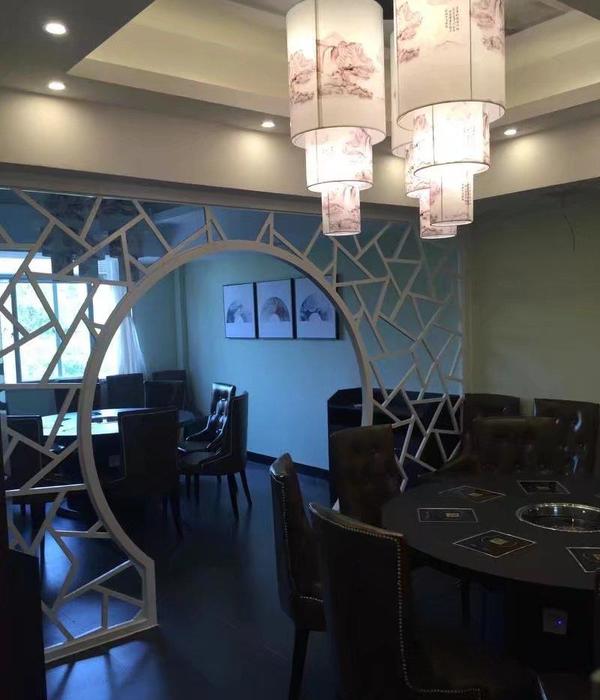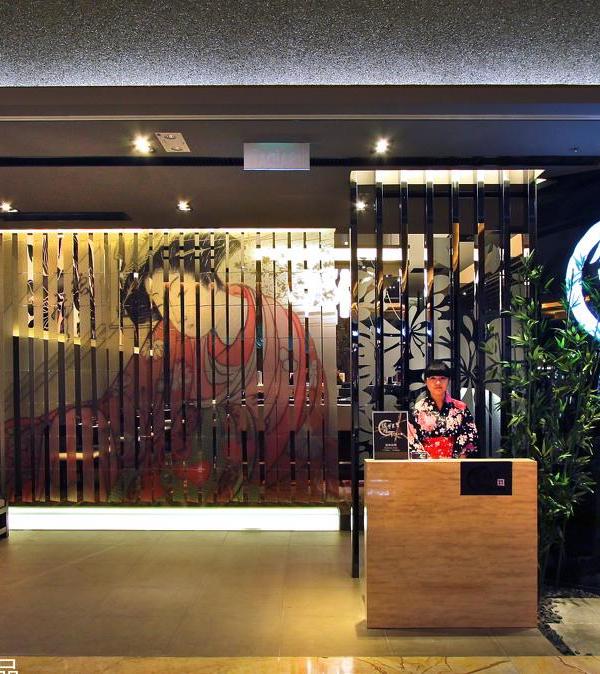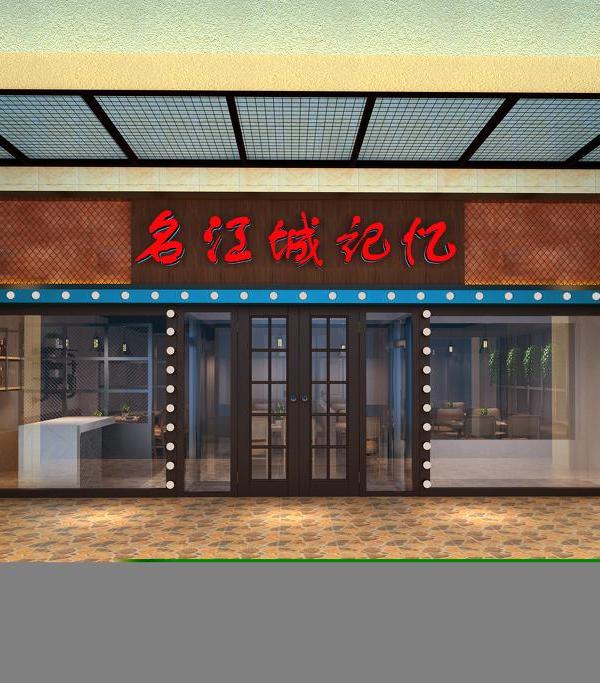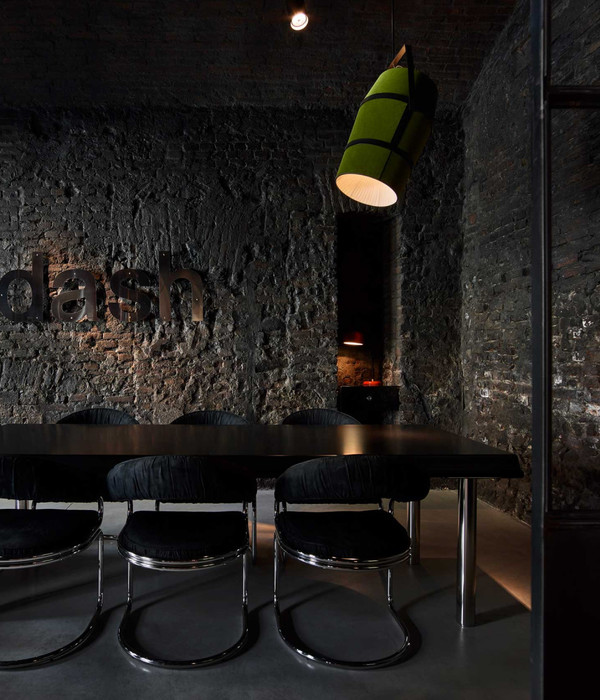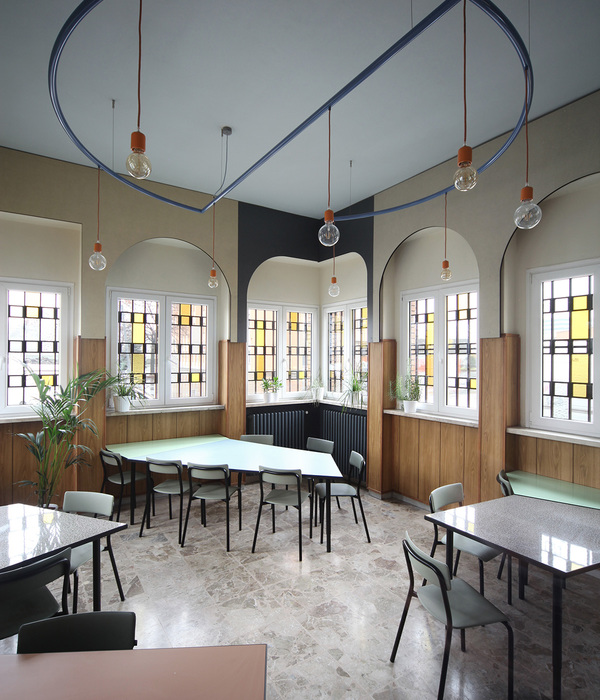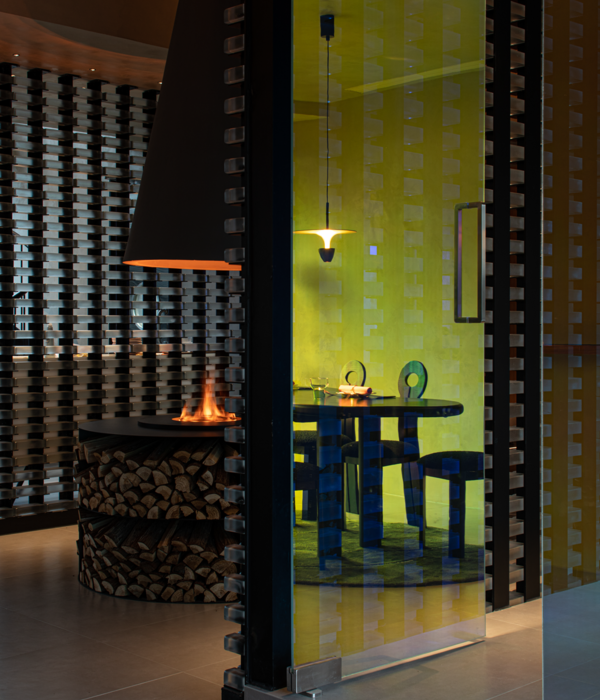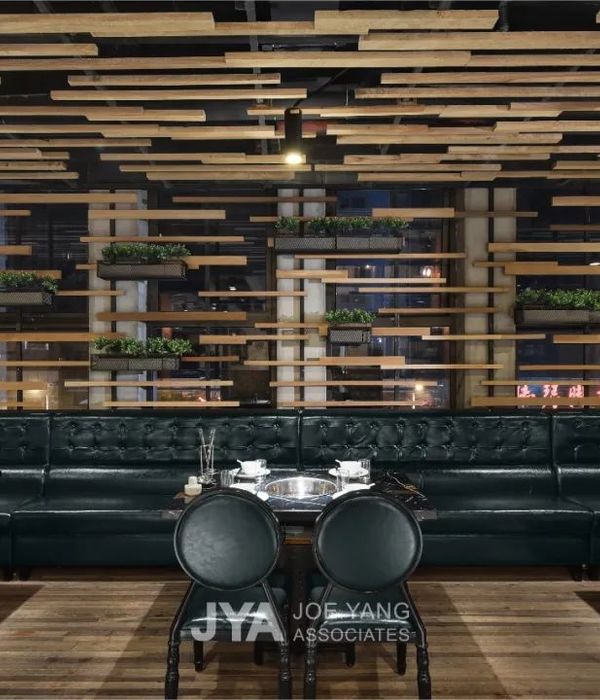Architects:Toti Semerano
Area :47425 m²
Year :2021
Project Management :Concordia sas, Diego Malosso
Structures :Sogen srl
Acoustic Project :Sinthesi Engineering, Cristian Borton
Project Team : Stefano Antonello, Ludovica Fava, Iride Filoni, Enrico Friselle, Tommaso Gasparini, Andrea Michelon, Alice Miotto, Salvatore Musarò, Luigi Parise, Andrea Piscopo, Stefano Sabato, Nicolò Reither, Ed Testa, Stefano Zanardi
Structure : Simone Carraro
Works Management : Francesco Panzarin
Landscape Designer : Alfrino Pasetto
Technological Systems : Simax
Safety Coordinator : Elena Zoccolan
Fire Prevention System : Fabio Rocchesso
Ceiling Fresco : Antonio Lovison
Sculptures : Antonio Schito, Edmondo Marzano
Country : Italy
@media (max-width: 767px) { :root { --mobile-product-width: calc((100vw - 92px) / 2); } .loading-products-container { grid-template-columns: repeat(auto-fill, var(--mobile-product-width)) !important; } .product-placeholder__image { height: var(--mobile-product-width) !important; width: var(--mobile-product-width) !important; } }
Stella Maris is a hypogeal intervention to create a meditative space in the project of a chapel and cloister within a residential complex designed for guests with disabilities and their families in a natural environment of great beauty, there is a thick and deep pine forest overlooking the Adriatic Sea. The land slowly begins to rise abandoning the darkness of the pine forest to then turn into a terrace that reaches the height of the canopy of pines suddenly revealing the sea in all its vastness. A large dune that transforms the clearing of space in the below garden which is articulated the built space. From here, it has been proceeded for excavation and subtraction, while climbing the presence of a vacuum is felt, a sudden suspension, which can not be accessed, but which is strongly present. Around this space the cloister - everything revolves around the sacred space – where it is only possible to access from the chapel, also barely perceptible from the outside, a crypt in which the natural light enters from a single cut, from the east, the morning light. It has been built in blocks of stone whose surface was machined with a particular milling, which makes disappear the joints, with the effect that seems obtained for excavation by an immense mass of stone.
Around this cloister space, revolves around the sacred space, it is accessed from the chapel, also barely perceptible from the outside, a crypt in which the natural light enters from a single cut, from the east, the morning light. Through the movable walls of the chapel, with deliberately limited size, but not in height, the chapel itself can be expanded by incorporating the halls of a meeting space: a meditative space that, on certain occasions becomes a liturgical space of considerable capacity. The stone becomes the protagonist, the high walls seems to be dug in a single block because worked with a particular technique which cancels at all the joints between the blocks while making the surface vibratile under the light. A painted sky shines behind the interweaving of the branches to emphasize the upward movement of the housing wall. The presence of a natural environment of great quality has suggested a "botanical" design approach. It not only had to preserve the pinewood from excessive human settlement, but also understanding the built as an editable image in time in the sense of its programmed mitigation. The search for materials to be used started together with the first elaboration of the project. The wrinkled bark of pine trees with his non-color-changing color under the light, now gray or red or brown, was the constant reference in identifying the materials that had to be used.
The deactivated exposed concrete, to make more material the surface, has been made with a particular mixture of inert earths and oxides, as well as the hand-made bricks for the realization of which has been identified in the laboratory an appropriate titration of oxides.For internal and external flooring, as well as for some external cladding, it has been chosen a type of stone, Santafiora stone, not only for its color but also for the possibility to realize a wide range of surface treatments. The outcome is a variety of shades of a single color that considerably damp the impact of the built for its degree of harmonization with the surroundings. The design experience that ended, especially represents an increasingly urgent answer to the question of how it is possible to safeguard the architectural quality at all stages of the realization.
▼项目更多图片
{{item.text_origin}}

